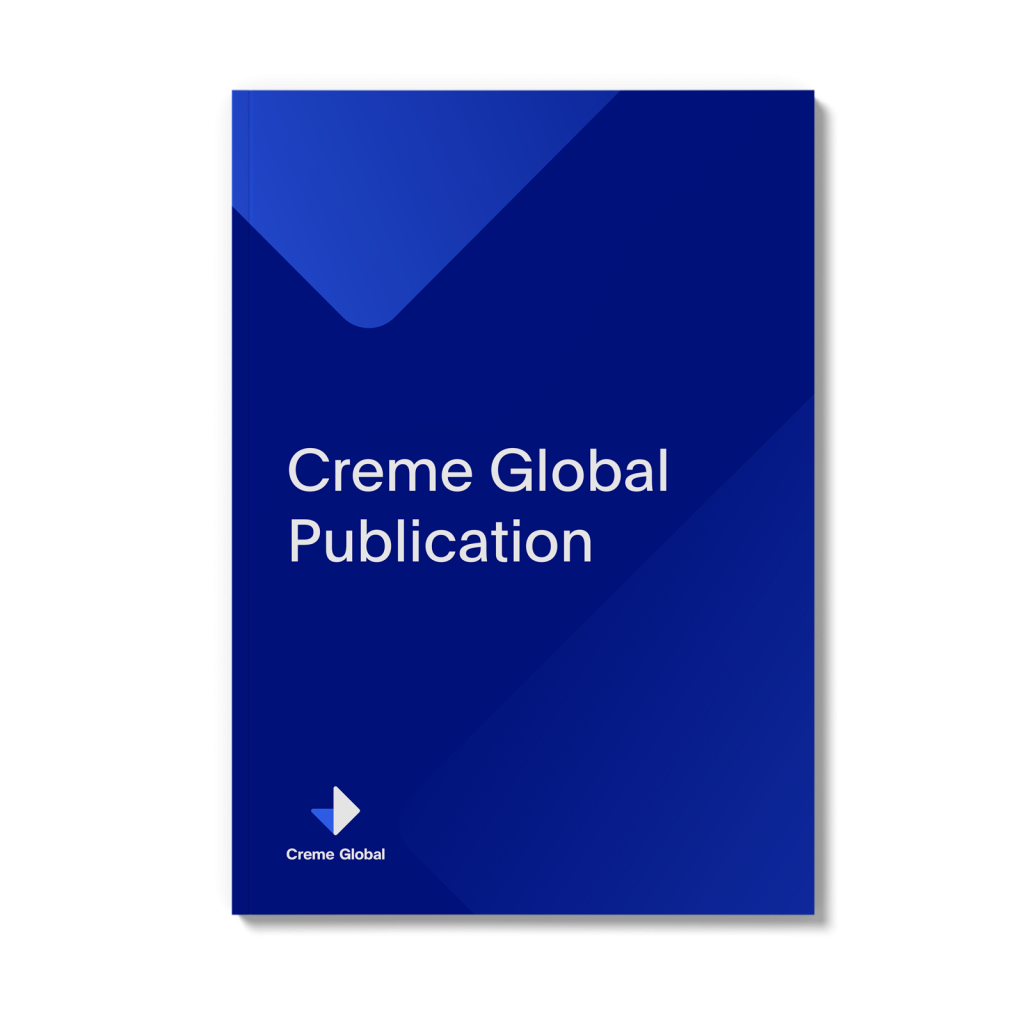Realistic estimates of chemical aggregate exposure are needed to ensure consumer safety. As exposure estimates are a critical part of the equation used to calculate acceptable “safe levels” and conduct quantitative risk assessments, methods are needed to produce realistic exposure estimations. To this end, a probabilistic aggregate exposure model was developed to estimate consumer exposure from several rinse off personal cleansing products containing the anti-dandruff preservative zinc pyrithione. The model incorporates large habits and practices surveys, containing data on frequency of use, amount applied, co-use along with market share, and combines these data at the level of the individual based on subject demographics to better estimate exposure. The daily-applied exposure (i.e., amount applied to the skin) was 3.79 mg/kg/day for the 95th percentile consumer. The estimated internal dose for the 95th percentile exposure ranged from 0.01-1.29 μg/kg/day after accounting for retention following rinsing and dermal penetration of ZnPt. This probabilistic aggregate exposure model can be used in the human safety assessment of ingredients in multiple rinse-off technologies (e.g., shampoo, bar soap, body wash, and liquid hand soap). In addition, this model may be used in other situations where refined exposure assessment is required to support a chemical risk assessment.
Tozer S, Kelly S, O'Mahony C, Daly EJ, Nash JF.
Food Chem Toxicol. 2015 Sep;83:103-10. doi: 10.1016/j.fct.2015.06.005. Epub 2015 Jun 16
16/06/2015
Download Publication >>>
Aggregate exposure modelling of zinc pyrithione in rinse-off personal cleansing products using a person-orientated approach with market share refinement.

Authors: Tozer S, Kelly S, O’Mahony C, Daly EJ, Nash JF.
Keywords: Aggregate exposure; Probabilistic modelling; Zinc pyrithione.